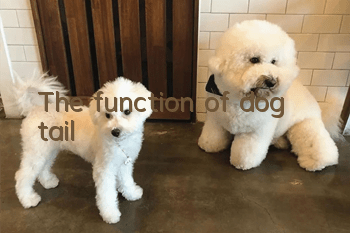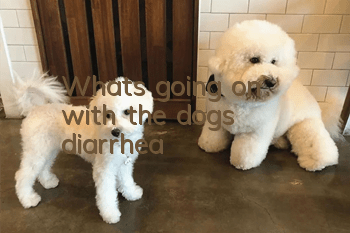The function of dog tail

The movement of a dog's tail is also its "language". Although different types of dogs have different tail shapes and sizes, the movements of their tails convey generally similar meanings. Generally, when they are excited or see their owner happy, they will move their head and tail, and the tail will not only sway to the left, but also rotate continuously; the tail is raised, indicating joy; the tail is drooping, which means danger; the tail does not move, indicating uneasiness: the tail is tucked, It indicates fear; wagging the tail quickly and horizontally symbolizes friendliness. The movement of a dog's tail is also related to the owner's tone. If the owner says to it in a friendly voice, "Bad guy! Bad guy!" it will also wag its tail to express happiness; conversely, if the owner uses a stern voice to say: "Good dog! Good dog!" it will still tuck its tail to express happiness. unhappy. That is to say, for dogs, the sound of people talking is only a sound source, an acoustic signal, not a language.
The activity of the dog's tail is also closely related to the sense of smell and special anal glands. Anal glands give each dog its own unique scent. An excited dog will wag its tail to spread the scent; a frightened dog will cover up its anal glands and no longer emit scent. The frequency of the tail wag reflects the dog's health and excitement, and the faster the wag is. It means that the more excited and healthy you are, the slower the swing means that although you are excited, your health is not good. For hunting dogs, police dogs and military dogs on missions, the meaning of their tail wagging is even more profound.
- Can canine distemper be transmitted to humans?
- What are the symptoms of a broken tail in a dog?
- What should you do if your 3-month-old golden retriever has diarrhea? Pet owners should pay attention!
- Symptoms and treatments for dogs eating rat poison
- When should puppies be weaned? Feeding guide for dogs aged 0-6 months!
- Pay attention to the phenomenon of coughing and retching in dogs, don’t take it lightly!
- How much coffee does it take to poison a dog? Even small amounts can cause severe discomfort!
- What should I do if Springer has diarrhea after eating too much?
- Can Teddy take a bath at 45 days old?
- Why does my dog keep drooling?



